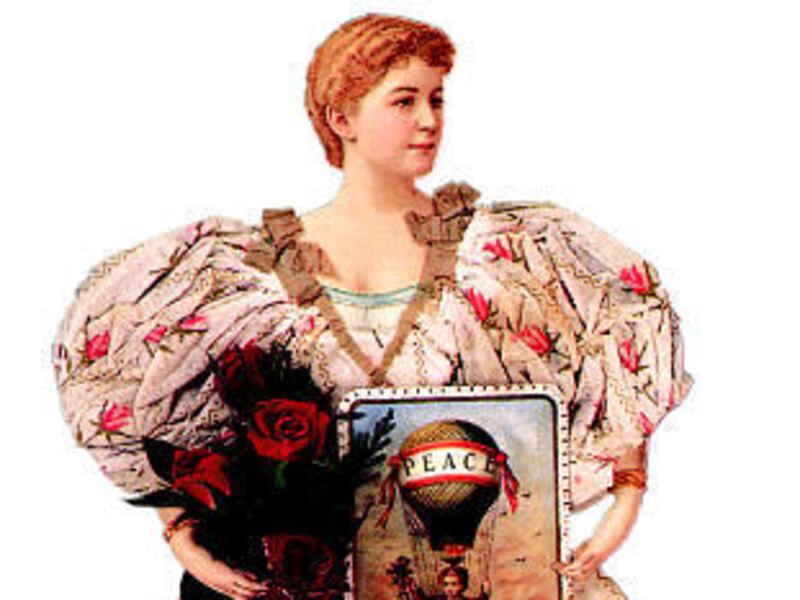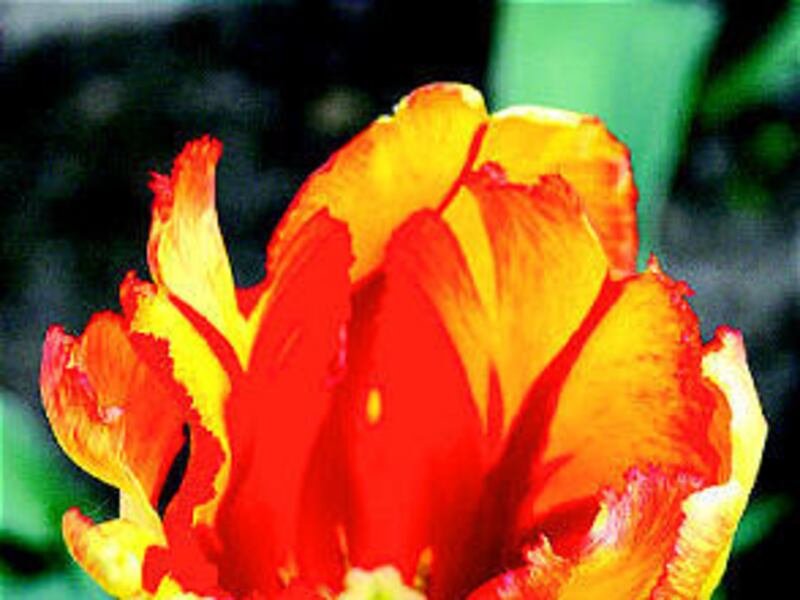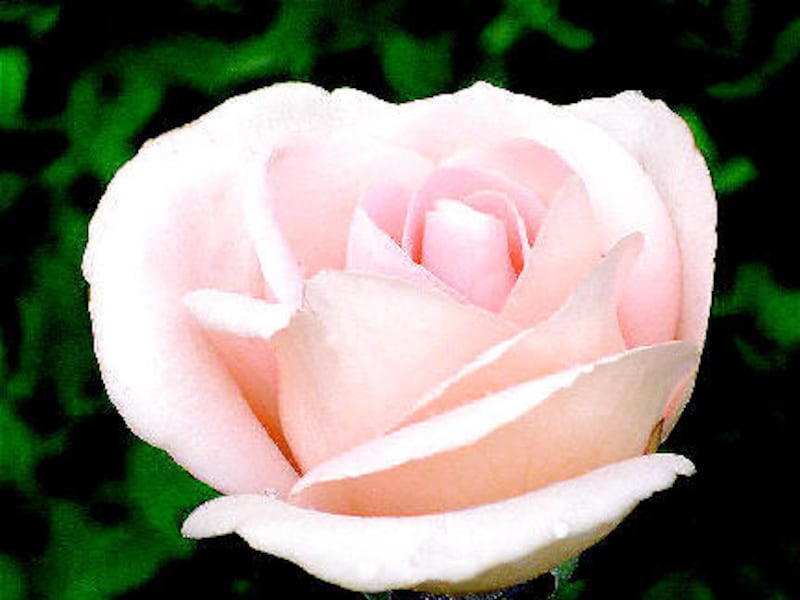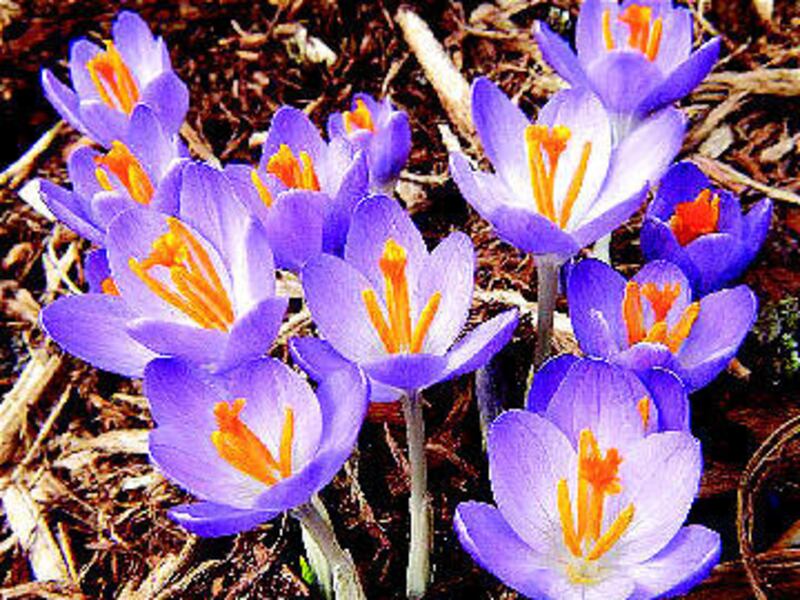The connection between the rose and love goes back as far as time. In Greek mythology, the rose was associated with the blood of Aphrodite's dearly loved Adonis. The Chinese have cultivated roses since the dawn of their empires. It was important in Persia and Damascus.
In Roman mythology, the story is told of Rhodanthe, a woman who was so beautiful that her many suitors were constantly at her heels. She disdained them all and retreated to the Temple of Diana. But when those suitors broke down the temple gates to get in, Diana became enraged and transformed Rhodanthe into an exquisite rose — and her suitors into the thorns.
But the rose is not the only flower that sends an important message. Every flower has at one time or another been associated with a particular virtue, message or thought.
This language of flowers, in which flowers and floral arrangements were used to send particular messages, may have originated in Persia. King Charles II is thought to have brought it to Sweden in the 17th century. Floriography, as it is called, was also practiced in Japan, where it is known as "hanakotoba."
But it probably reached it peak in Victorian England, says Lisa Benenson, editor-in-chief at Hallmark Magazine. "There was a strict social code, and courtship had to be very discreet. They would communicate without words by sending bouquets with hidden meanings."
Not only would the flowers convey certain meanings, but things like the number of leaves and flowers could set up a secret date and time for a meeting, Benenson said, in a telephone interview. "The emotional content of a bouquet was very important."
In a a dog-eared and worn book called "Floral Poesy," printed in Victorian times, the editor notes that "The most charming of all gifts is one of flowers. A queen may give them to her subjects; and the poorest subject may offer them to a monarch.
"They are representative of all times and of all nations; the pledges of all feelings. The infant plays with them and gains his first idea of beauty from their blossoms; the lover gives them to his beloved; the bride wears them. We offer them to our beloved dead; dynasties are represented by a flower; nations adopt them as emblems. Universal is their hold on human sympathies; universal their language."
Alas, many of us no longer speak this language, but that doesn't mean we can't have some fun with it, Benenson says. Unlike the candy hearts that come with clear messages, "choosing just the right flower combinations for your valentine can prove to be challenging."
Of course, you can never go wrong with red roses, she added. "But every relationship is unique, so try personalizing it with a special touch."
For example, entwining ivy in your bouquet can symbolize marriage and fidelity. "Guys who are not ready to pop the question may want to stay away from that," she said, but it can be a touching addition for a couple who has been married for awhile.
Secret admirers might want to consider peonies — "they stand for bashfulness and will let your valentine know you will reveal yourself in time," she said.
Lilacs symbolize the first rush of love, and would be good for new sweethearts, said Benenson. "Jasmine is readily available, and that means good luck. Chrysanthemums symbolize hope in dark times; you see them more at Memorial Day."
Color, too, can send a special message, she said. Generally, red stands for love; white stands for purity; purple for faithfulness. "But yellow can mean lying and deceit," she noted.
However, she is quick to add, "you have to take all this within the context of the relationship. Yellow roses happen to be my favorite. I've been married for 20 years, and my husband knows to give me yellow roses."
Since most people don't know the language of flowers, she said, "you might want to include a card telling what the flowers mean and why you have chosen them. But it can be a lot of fun. I want to encourage people to talk 'flowerspeak' again. You can create your own bouquets with grocery store flowers or have a florist do it for you."
It is no surprise, she said, that flowers are a favorite gift, not just at Valentine's Day, but year-round. "At this time of year, especially in wintry climes, there's nothing quite as hopeful and special as flowers. But they are always a great idea. They are beautiful. They are scented. They spark our imaginations like nothing else."
E-mail: carma@desnews.com





